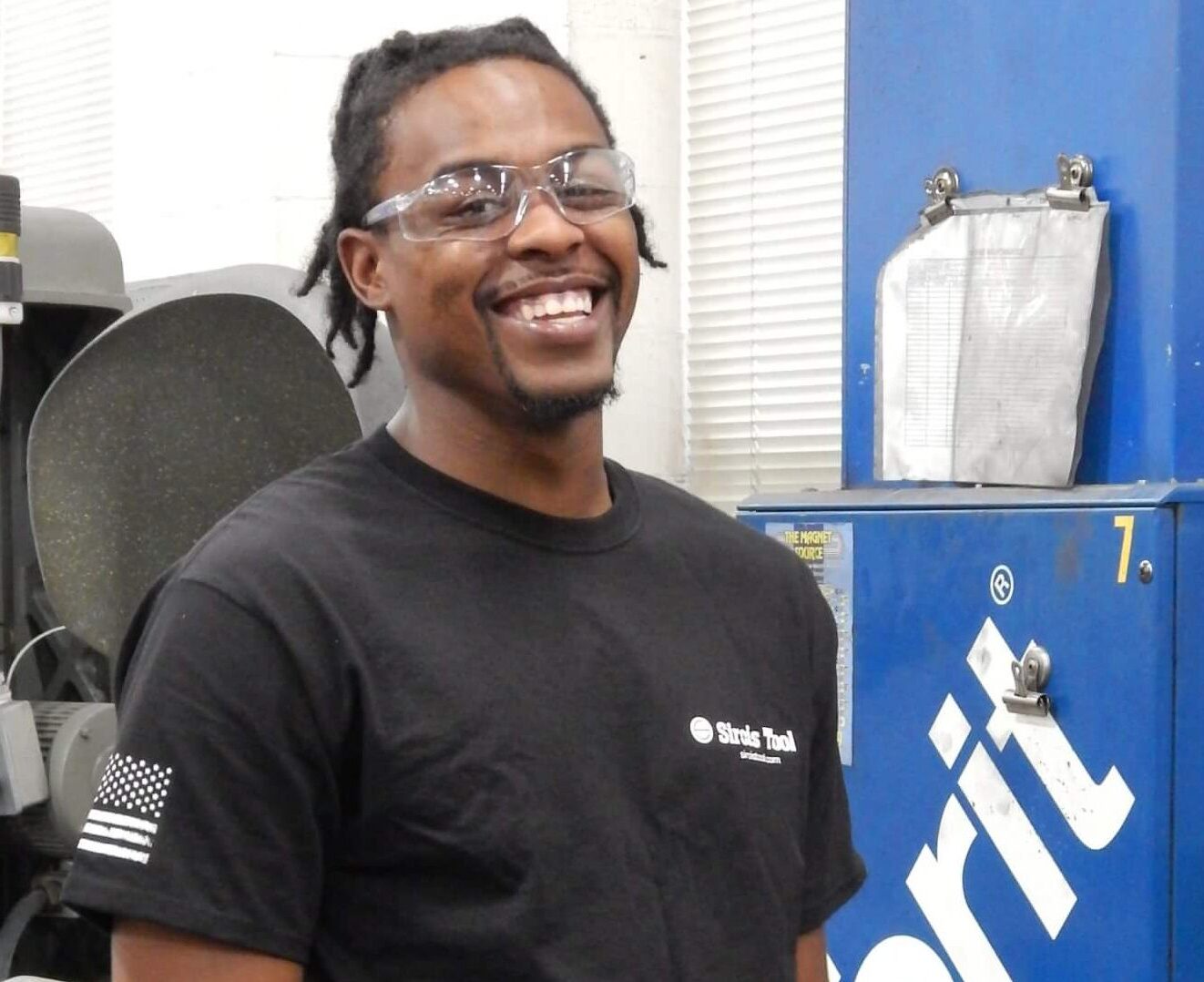
Investing in Your People: How to Alleviate Manufacturing Workforce Shortage Woes
 Workforce shortage has been a problem for years, and a new contributor to the problem called “The Great Resignation” has been making headlines since the spring of 2021. According to the U.S. Bureau of Labor Statistics, over 47 million Americans voluntarily quit their jobs in 2021. The Harvard Business Review (HBR) notes that this wasn’t entirely caused by the pandemic.
Workforce shortage has been a problem for years, and a new contributor to the problem called “The Great Resignation” has been making headlines since the spring of 2021. According to the U.S. Bureau of Labor Statistics, over 47 million Americans voluntarily quit their jobs in 2021. The Harvard Business Review (HBR) notes that this wasn’t entirely caused by the pandemic.
Rather, it’s a reflection of the continuing trend of rising quit rates that began more than a decade ago.
So, what can employers do?
In an article published this spring, HBR points out that employers with the highest quit rates, like McDonalds and Walmart, have increased wages and offered better benefits packages to encourage employees to stay.
For companies that already offer competitive wages and good benefits, HBR offers this approach: “Companies that demonstrate a commitment to improving their employees long-term career prospects by offering training and tuition reimbursements will garner greater loyalty and gain in stature with prospective employees.”
At Sirois Tool, we have been doing exactly as HBR suggests. We offer tuition reimbursement to our employees and we’ve partnered with educators and Connecticut’s Department of Labor for years to train and develop potential employees. As a partner in the state’s Apprenticeship program, we provide on-the-job training for students. When they graduate, we often offer them full-time jobs.
The investments we’ve made in these students seem small when we consider what Sirois Tool has gained in return. For example, we have newly hired employees who already work well with their colleagues, understand our corporate culture, and know how to use our equipment. We have employees who are dedicated, because they see the company investing in their careers and they know we want them to succeed.
This doesn’t just help with employee retention, it helps with recruitment. People typically prefer to work for companies with a reputation for helping their employees advance.
According to the U.S. Bureau of Labor Statistics, the U.S. is projected to have about 47,500 job openings for machinists and tool and die makers each year. The training and education your company provides can steer the most ambitious candidates your way, and encourage them to stay.
When you consider the costs related to recruiting and the lost production caused by employee turnovers, it becomes clear that investing in your employees’ training and education provides an
excellent return on investment.
Check out the article on Paperless Parts.
